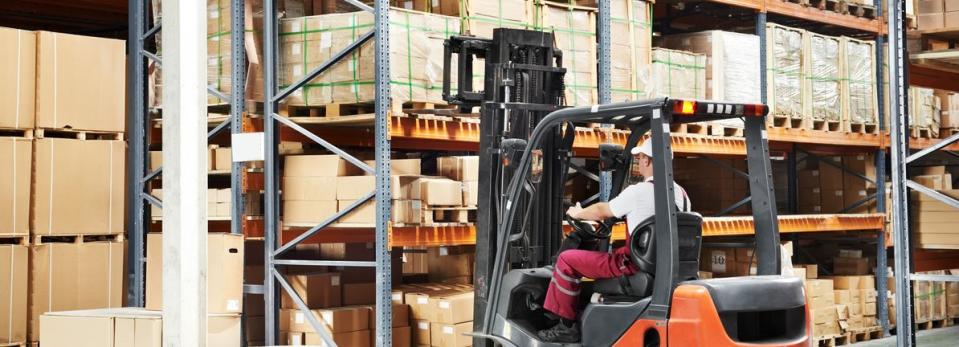Why Cervus Equipment Corporation’s (TSE:CERV) Return On Capital Employed Might Be A Concern

Today we are going to look at Cervus Equipment Corporation (TSE:CERV) to see whether it might be an attractive investment prospect. Specifically, we're going to calculate its Return On Capital Employed (ROCE), in the hopes of getting some insight into the business.
First of all, we'll work out how to calculate ROCE. Then we'll compare its ROCE to similar companies. And finally, we'll look at how its current liabilities are impacting its ROCE.
Understanding Return On Capital Employed (ROCE)
ROCE is a measure of a company's yearly pre-tax profit (its return), relative to the capital employed in the business. In general, businesses with a higher ROCE are usually better quality. Overall, it is a valuable metric that has its flaws. Author Edwin Whiting says to be careful when comparing the ROCE of different businesses, since 'No two businesses are exactly alike.
So, How Do We Calculate ROCE?
The formula for calculating the return on capital employed is:
Return on Capital Employed = Earnings Before Interest and Tax (EBIT) ÷ (Total Assets - Current Liabilities)
Or for Cervus Equipment:
0.051 = CA$18m ÷ (CA$665m - CA$310m) (Based on the trailing twelve months to September 2019.)
So, Cervus Equipment has an ROCE of 5.1%.
View our latest analysis for Cervus Equipment
Does Cervus Equipment Have A Good ROCE?
When making comparisons between similar businesses, investors may find ROCE useful. Using our data, Cervus Equipment's ROCE appears to be significantly below the 11% average in the Trade Distributors industry. This performance is not ideal, as it suggests the company may not be deploying its capital as effectively as some competitors. Setting aside the industry comparison for now, Cervus Equipment's ROCE is mediocre in absolute terms, considering the risk of investing in stocks versus the safety of a bank account. Readers may find more attractive investment prospects elsewhere.
Cervus Equipment's current ROCE of 5.1% is lower than its ROCE in the past, which was 12%, 3 years ago. So investors might consider if it has had issues recently. The image below shows how Cervus Equipment's ROCE compares to its industry, and you can click it to see more detail on its past growth.
When considering ROCE, bear in mind that it reflects the past and does not necessarily predict the future. Companies in cyclical industries can be difficult to understand using ROCE, as returns typically look high during boom times, and low during busts. ROCE is only a point-in-time measure. Since the future is so important for investors, you should check out our free report on analyst forecasts for Cervus Equipment.
Cervus Equipment's Current Liabilities And Their Impact On Its ROCE
Current liabilities include invoices, such as supplier payments, short-term debt, or a tax bill, that need to be paid within 12 months. Due to the way the ROCE equation works, having large bills due in the near term can make it look as though a company has less capital employed, and thus a higher ROCE than usual. To check the impact of this, we calculate if a company has high current liabilities relative to its total assets.
Cervus Equipment has total assets of CA$665m and current liabilities of CA$310m. As a result, its current liabilities are equal to approximately 47% of its total assets. Cervus Equipment has a medium level of current liabilities, which would boost its ROCE somewhat.
What We Can Learn From Cervus Equipment's ROCE
With this level of liabilities and a mediocre ROCE, there are potentially better investments out there. Of course, you might find a fantastic investment by looking at a few good candidates. So take a peek at this free list of companies with modest (or no) debt, trading on a P/E below 20.
Cervus Equipment is not the only stock insiders are buying. So take a peek at this free list of growing companies with insider buying.
If you spot an error that warrants correction, please contact the editor at editorial-team@simplywallst.com. This article by Simply Wall St is general in nature. It does not constitute a recommendation to buy or sell any stock, and does not take account of your objectives, or your financial situation. Simply Wall St has no position in the stocks mentioned.
We aim to bring you long-term focused research analysis driven by fundamental data. Note that our analysis may not factor in the latest price-sensitive company announcements or qualitative material. Thank you for reading.

 Yahoo Finance
Yahoo Finance 
